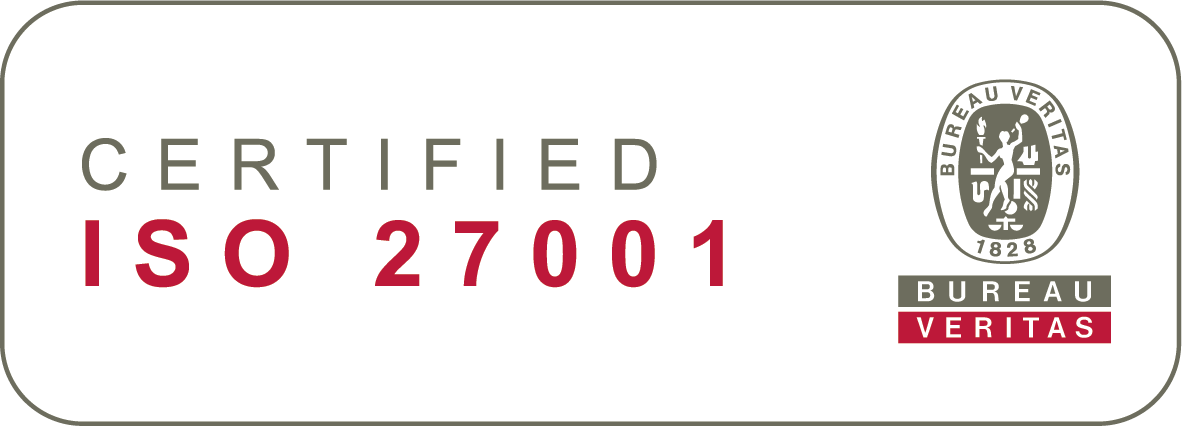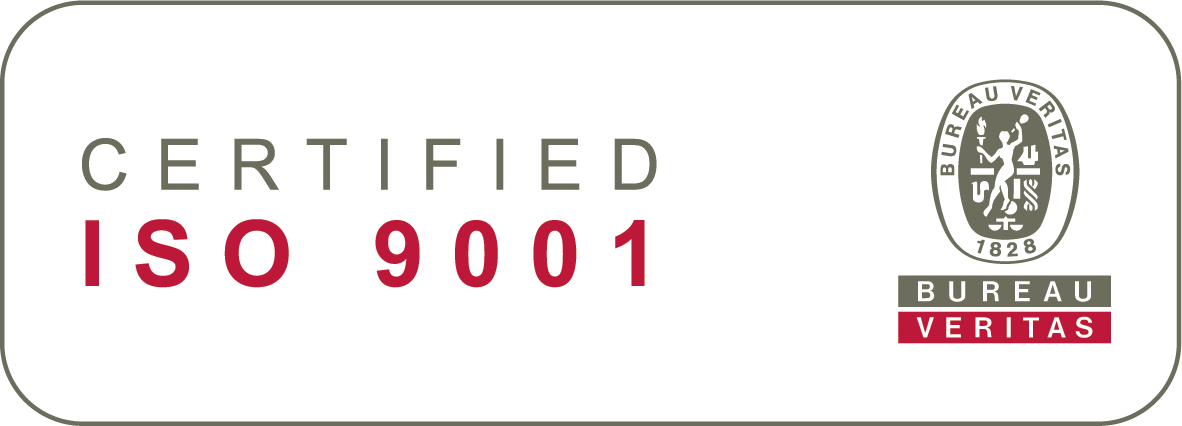If the ultimate objective of HR is to ensure businesses support the people that work there - and visa versa - then the best way to measure this two-way relationship is through HR Analytics. Measure, learn, implement. The positive feedback loop that propels forwardthinking organisations.
And, let’s not forget; an organisation is nothing without its people. That’s why, at every point of the employee lifecycle, from hire to retire, actionable information built on verifiable data will help you understand how to let your people thrive, your culture strengthen, and your business grow.
What can HR Analytics really do for me?
Put simply, HR Analytics provide the evidence you need to push through changes that will make your organisation a great place to work. If you’ve ever been asked about employee retention rates, recruitment blindspots, or sick leave rates, you need a quantifiable number to show what’s happening in those areas.
HR Analytics let you know what’s working, what needs tweaking, or what’s broken. In short – they lead to better decision-making.
You can leverage HR analytics to make positive changes by focusing on these 7 key areas
- Align HR with core strategy
- Map your workforce strengths and weaknesses
- Connect reporting with the right data sources
- Identify the right KPIs to track
- Use capable analytics and reporting tools
- Buy IT lunch
- Make key information visible
These recommendations are focus areas you can use to guide your work. However, your organisation is as unique as the people that work in it, and you know it better than anyone else. So, only apply what makes sense to you, and feel free to skip the parts that don’t f it with your needs.
Align HR with core strategy
The question leaders often ask HR when change is on the horizon is some version of this:
“Do we have the right people – with the right skills – doing the right things – at the right time – in the right place – to make it work?”
Business strategy is nothing if you don’t have the people needed to make it happen. Step one is to answer this question by building reporting and analytics from data like demographics, competence and talent mapping, employee engagement, and turnover. Over time, leadership will begin to understand the value of consulting HR before decisions are finalised.
When this happens, move to step 2: proactively analyse your people data and highlight strategic opportunities and threats for leadership. This way, HR won’t just be aligned with core strategy – it will help drive it.
Map your workforce strengths and weaknesses
Now you have a deeper understanding of your organisation’s strategy, it’s time to understand your workforce. Competence mapping will help build a picture of the skills and talents you currently have so you can see if the right people are working in the right areas, while demographics will help you understand your people from a DEI perspective.
When you have the data, develop your talent management strategy to include learning paths that nurture the capabilities of the people you have. You can also link hiring decisions to business needs, as you will know who you need right now – and in the future.
Also, if people are leaving, dig to see if there are any trends. Could employee experience be better? Can you find ways to retain your talent?
Connect reporting with the right data sources
If HR is the engine that drives an organisation’s people forward, then you need to use the right kind of data fuel to avoid failure. Your organisation likely has its own needs, but there are some key data sources most HR departments should track.
Demographics, payroll data, employee performance and engagement data, and external sources like market data will form a strong bedrock from which you can build towards cases specific to your organisation.
Snapshot reports are valuable but, over time, you’ll start to benefit from the real gold: trend data that shows which way key HR metrics are heading. Month to month, year to year, your understanding will deepen and your reporting capabilities will grow.
Identify the right KPIs to track
(Last metaphor, I promise!) HR Analytics with irrelevant KPIs are like doctor reports that say how often you cut your hair – they tell you nothing about your underlying health. If you want to improve your heart health, for instance, it makes sense to monitor your heart, right?
Good KPIs for HR health include rates of absenteeism and associated costs, quality of hire, turnover rate, productivity, internal promotion rate, and employee engagement. If you’re not sure where to begin, start with the basics.
Map out our employee lifecycle and identify key metrics that indicate how things are going at each stage. Ask yourself what a great employment journey looks like, and what you would need to track to ensure things are running smoothly. If you find real issues, good – don’t panic. You’ve found a bottleneck that’s impacting your people, and you can now take steps to remove it.
Use capable analytics and reporting tools
All organisations are digital. Or at least they should be. That doesn’t mean all people are data scientists. Yes, the CTOs, CFOs and CIOs of this world might love thousands of rows of Excel data, but many don’t. If that’s not you, don’t worry, you’re not alone. There are many tools that can help.
Good analytics and reporting tools do few things. First, they automate data collection and aggregation. Once set up, they’ll do the technical stuff for you. Next, they show key insights like employee turnover in real-time. No need to research, no digging into historical data, what you need to know is right there when you need it.
They also visualise key data points like targets, comparisons and progress tracking in dashboards that make sense to everyone in the company. And they can automate the creation and sharing of rich reports tailored to the needs of different people throughout your organisation.
Now is your chance to enter the future of work!
Work with IT
You may be an HR system super user, and you might be a part-time developer on the side. Even so, you don’t have to integrate all the data sources you need into your system by yourself.
Our suggestion? Head over to IT and buy them lunch.
They’ll most likely already have processes in place for connectivity, APIs, security and GDPR. they can also provide guidance on the best way to structure your HR system architecture for meaningful data capture, processing, storage, access and analytics.
They can also help (if you ask nicely!) with system configurations like building workflows for onboarding and offboarding notifications, as well as setting up user and admin access rights. The benefits are a data-driven HR system that effectively supports the business, and the restful sleep of an HR professional who knows their system is secure and GDPR compliant.
Make key information available
Your system, your data, your analytics should provide equal value to HR and employees. Yes, HR needs to keep a steady hand on the wheel and a watchful eye on the metrics, but it’s good to remember everyone from entry-level employees to leadership team members have their own information needs.
For HR analytics to be valuable, they should focus on two things: transparency and relevance. Insights should be available to those that need them when they need them, and they should provide actionable information that helps them do their jobs better. This is where user views make analytics and reporting really shine.
Finally, remember – you have nothing to hide. When key information and insights are readily available, frustration and confusion reduces – and trust and confidence increases.





